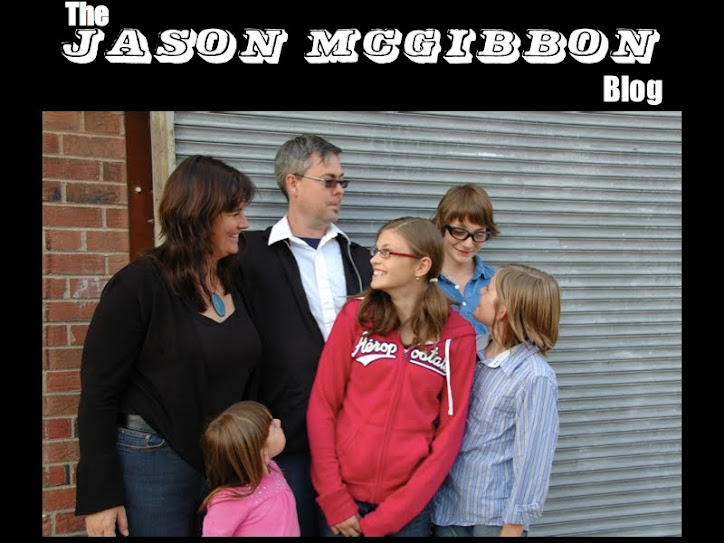Our goal for the Hamilton Fellowships is to grow a network of interdependent Fellowships that make disciples, in community and on mission. As we build community we must be making disciples, that is after all, our commission from Jesus himself. The two, however, community and discipleship, inform one another; they go together.
If you are familiar with Jeff Venderstelt and Soma, or of Neil Cole, then you will recognize some similarities with their ideas. These are not new observations, however, some appearing in an article first published 1941 by Dr. W. Maxfield Garrott entitled How Jesus Trained Leaders. The point being that the methods trace back to Jesus, and we can seek to incorporate them, to model our discipleship, after his.
As we learn about doing discipleship in community here are three basics ideas we have found helpful:
1) Community with God
This might seem obvious, but it cannot be overlooked. Consider how often Jesus withdrew by Himself to spend time in direct communion with the Father. Call it a "Quiet Time," "Personal Devotion Time" or whatever, learning to take time alone to read scripture and pray is essential to discipleship. And it does not have to be rocket science. I love the acronym my colleague Paul Johnson shares on the Disciple Maker App (look for it in the App Store under Disciple Maker Stages) that he created and curates. He offers S.O.A.P as a guide for devotional times and journaling: S-scripture, O-observation (what is the nugget of truth, or what jumps out to you), A-application (what do you need to do to make this real in your life) P-pray (use the scripture and you application as a basis for your prayer time). Simple. Straight forward. I love it.
2) Community with Two or Three
Though Jesus spent much time with the twelve, there was even a smaller group with whom He shared more personal and private moments. Consider the Transfiguration or the Garden of Gethsemane. In each case it is Peter, James and John that accompany Jesus. With two or three, confidentiality and accountability can be strong and there are practical considerations of flexibility for scheduling etc. Relationally, it is far more likely to really get to know someone, to encourage and challenge each other in a smaller context.
3) Community with 12
It is important to note that when calling His first disciples, Jesus called twelve and put them in community. It is this group with whom He did the bulk of organized training while also living everyday life together for three years. It was my friend Mike Hampton who first helped me see the diversity within this group. By today's standards, and especially from a modern Western context, the group does not seem diverse at all, but when one considers that zealots and tax collectors were sharing meals together, one can only imagine how awkward those first dinners must have been! This size of group is large enough for diversity but still small enough for intimacy and deeper relationships through which to live out together the things that are learned. Below is a short video in which Ed Stetzer and Eric Geiger share some thoughts on why groups matter.
Why Groups Matter
Whether, like for us within The Hamilton Fellowships, these groups are the larger church context, or you are a part of a much larger congregation, time in a group of about 10-20 is a very special and important investment.
So there you have it, 3 Basics of Community Discipleship. Who are some people in your life that you could start to gather with?
Subscribe to:
Post Comments (Atom)





No comments:
Post a Comment